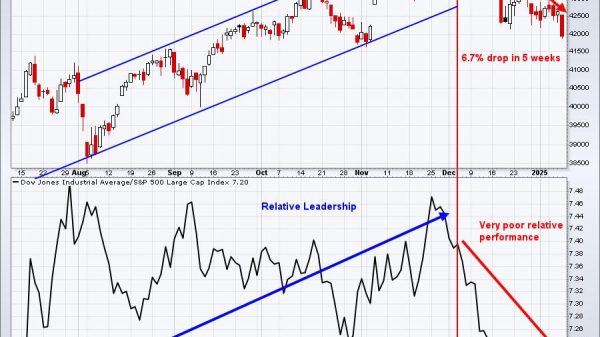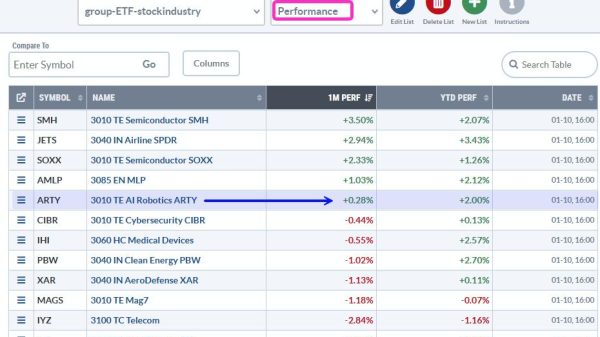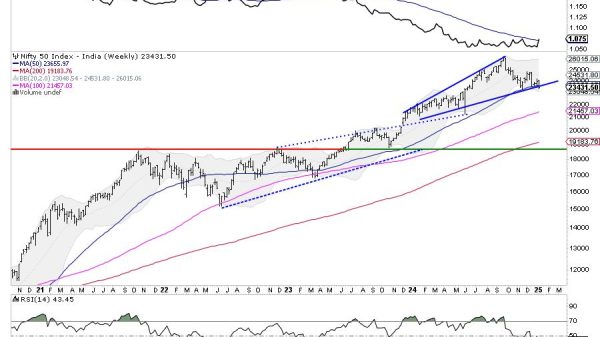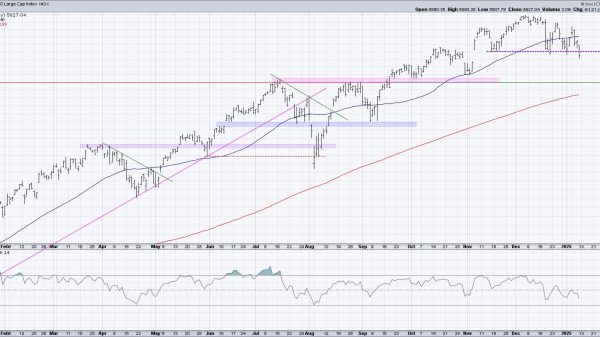FMIS discuss the three keys to finding the right asset tracking software and how it can benefit your business.
Maintaining visibility over the location, status, and history of assets is essential for all asset-heavy businesses. Whether your organisation is a multinational enterprise that needs to track multiple fleets of expensive vehicles or a university department trying to keep on top of loaned lab equipment, an effective asset system for asset tracking and management is a must-have.
With the right asset management software, businesses can streamline operations, save time, ensure regulatory compliance with ease, and see a positive impact on their bottom line. From tracking the movements of vehicles across multiple sites and companies to gaining real-time visibility over equipment loans, and staying on top of key asset events like disposals, transfers, and cost adjustments, good asset tracking software allows you to optimise asset use and accounting.
This leads to the question: how do you identify the right asset tracking software for your needs? With so many different packages and a wide spectrum of features and price points, choosing the software that works best for you can be like looking for a needle in a haystack. Don’t worry – this article will help you narrow down your search for the right asset tracking software with three key factors to consider: scope, scale, and systems.
Scope
What features do you need?
The first thing to consider is the scope of the software you need. Asset management software ranges from broad, general-purpose tools to very specific industry-specific systems that are highly specialised and tailored for the sector. With hundreds of different options available, considering the exact needs of your business is a good way to narrow down the search.
Asset tracking is just one element of asset management, alongside maintenance and accounting. Does your organisation need a system for just one of these functions, or are you looking for a tool that combines all three? Do you need a specialist fixed asset management solution or do you need a less specialised ERP platform or asset tracking tool for broader functions?
Scale
Does the software match the scale of your project?
If scope covers the type of software you need in terms of its specialism or broadness, scale means finding software that suits the size of your project: the number of assets, companies, locations, and users. For example, a global business looking to manage and track vehicle fleets across multiple countries and companies will need a solution on a completely different scale to the university department tracking a handful of equipment check-ins and check-outs from a single location. The former will need powerful and extensive asset management software with advanced configurability, while the latter could benefit from a simpler SaaS system on a smaller scale.
Asset management software packages tend to be designed for a specific size and type of project, although this may not always be clearly labelled in their marketing materials. It’s important to carefully consider whether a potential system is suited to the scale of your organisation’s needs. Remember that the pricing may be higher for systems that can handle these large and complex projects, but after implementation the ROI can be impressive.
Systems
What type of implementation do you need, and how will the software fit into your business?
The third factor to consider is how the asset tracking software will be deployed and implemented in your organisation. A key aspect of this is the decision around cloud-based SaaS or on-premises implementation. Here’s a closer look at the pros and cons of both.
Cloud-based software
Simple, secure, and easily scalable, cloud-based asset tracking is ideal for smaller organisations with less complex asset management needs. Cloud-based options are quick and easy to set up, causing minimal disruption to business operations. No existing IT infrastructure is required, so it’s ideal for smaller businesses without the resources to do this. Moreover, paying a subscription for the asset tracking software means no high upfront costs and makes it beneficial in terms of capital expenditure. When you opt for cloud-based asset tracking systems, upgrades are usually included as standard and the vendor can update it remotely.
Key downsides of cloud-based options include the higher costs of a subscription model in the long term and a dependence on your vendor for updates and continued service. Furthermore, cloud-based solutions offer less control over system access, and although cloud security has made leaps and bounds in recent years some business leaders are still concerned about data security.
On-premises software
Offering greater control to the organisation, on-premises software for asset management is often preferred by larger enterprises who can make a higher upfront investment for effective asset tracking in the long term. With an on-premises solution, installation and deployment can be more complex as IT infrastructure is needed; this option can also be more disruptive to operations.
Benefits of on-premises software include greater control over the solution and less dependence on an external vendor and their hosting. With software licences often being granted in perpetuity, this option can be more cost-effective in the long term. Plus, hosting it in on-premises servers can offer peace of mind about data security. For this reason, organisations in industries with sensitive data such as government, defence, and healthcare may prefer this option for their asset management needs.
Considering the vendor
When you choose a particular asset management system, you’re also choosing the supplier. The support that the vendor offers during implementation and beyond can be influential on the choice. While some vendors are more hands-off, others provide fully managed implementations, or provide DIY guides and expert support via phone call. The right vendor can mean the difference between a successful and unsuccessful implementation, so it’s important to consider whether the cost of a more hands-on expert supplier is worth it to your organisation.
Find the right asset tracking software for your business today
Armed with these three steps – scope, scale, and systems – you’re ready to choose the right asset management software for your business. Although there’s a wide range of options out there, keeping these factors in mind will help you narrow down the choices and find a solution that works for you.
Looking for asset management solutions from a vendor you can trust? FMIS delivers asset management systems for all types of businesses. Check out their asset tracking software and use scope, scale, and systems to evaluate whether their solution works for your organisation.
Read more:
Three Keys to Finding the Right Asset Tracking Software























